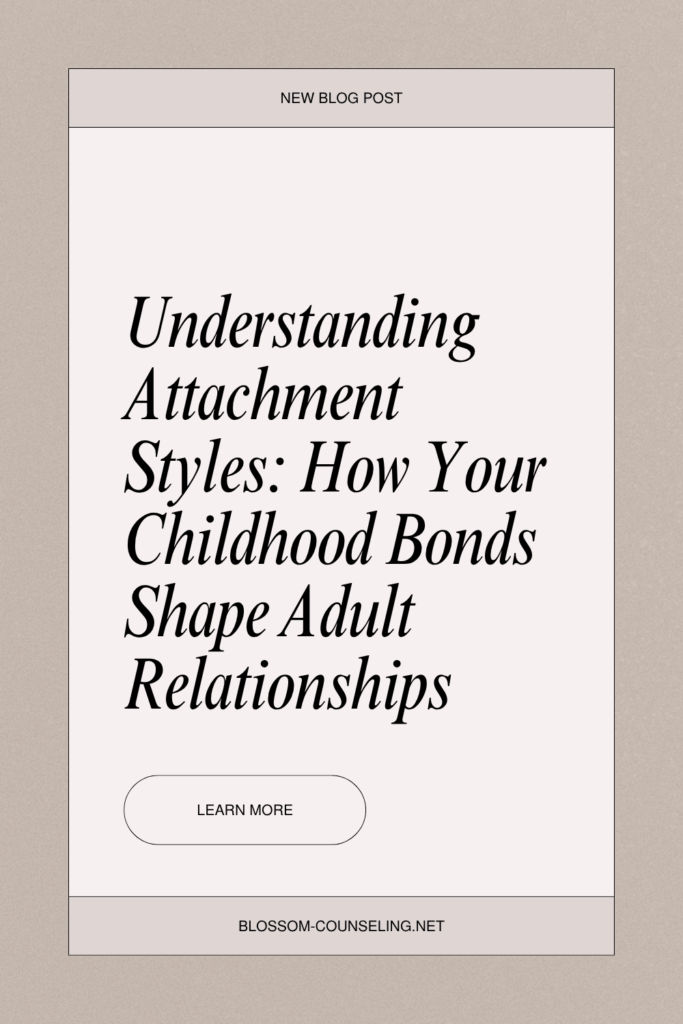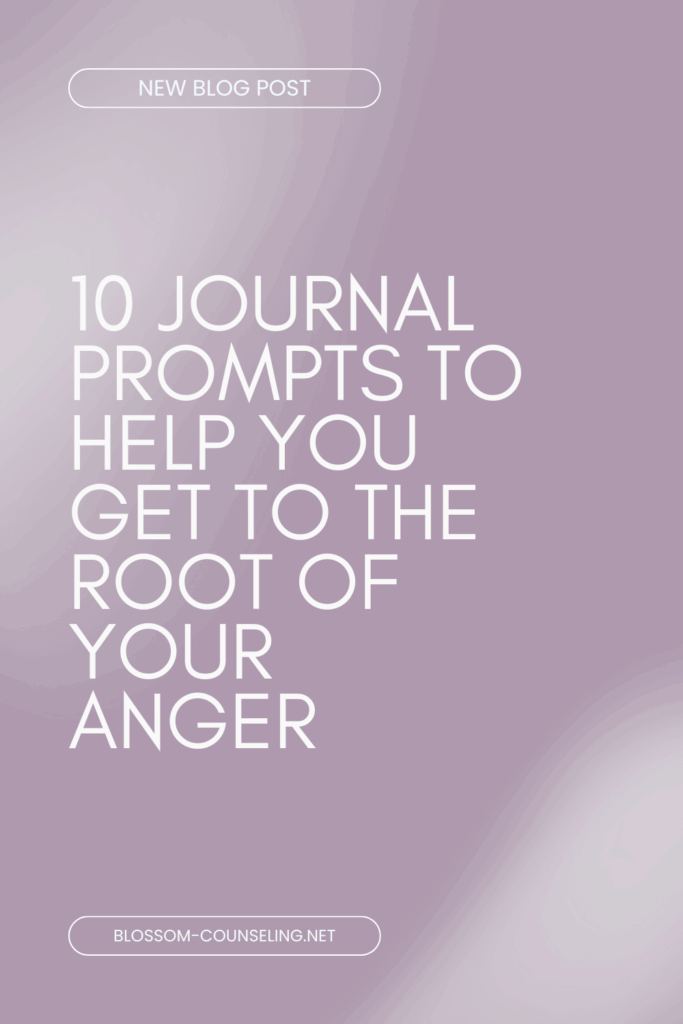Anxiety isn’t just an “adult thing.” Kids feel it too—sometimes just as intensely, but without the language or life experience to explain what’s going on. Whether it shows up as a stomachache before school, a meltdown over a seemingly small change, or a refusal to try something new, anxiety in kids can be sneaky and confusing—for them and for the adults who love them.
Here’s the thing: Anxiety isn’t always bad. It’s a natural response to stress, and it can be helpful in small doses (like alerting a child to danger). But when it starts to interfere with their everyday life, it’s time to step in with tools that support—not shame—their emotional world. These five approaches are grounded in psychological research and practical enough to try at home, without feeling like you’re turning your living room into a therapy session.
1. Name It to Tame It
One of the most powerful things you can do for a child with anxiety is help them put their feelings into words. When anxiety stays vague and unspoken, it feels bigger and scarier. But when kids can label what they’re feeling—”I’m nervous about the spelling test” or “I feel scared when it’s loud at recess”—they gain a sense of control.
Try giving the feeling a name or even a character: “Sounds like your worry monster is back today.” This might feel silly at first, but it externalizes the anxiety and helps kids talk about it without shame. It becomes something they experience, not something they are.
2. Normalize the Experience Without Dismissing It
It’s tempting to say “There’s nothing to worry about!” or “You’re fine!”—and while those phrases are well-intentioned, they can unintentionally shut kids down. Instead, meet them where they are: “It makes sense that you feel nervous about going to a new camp. New things can feel scary.”
Validation doesn’t mean you’re agreeing that the situation is dangerous—it means you’re acknowledging their emotional experience. Kids who feel seen and understood are more likely to open up and less likely to spiral inward.
3. Teach Calm-Down Tools—And Practice Them When Things Are Calm
Teaching coping skills in the middle of a meltdown is like giving someone swimming lessons while they’re drowning. That’s why it’s helpful to practice calming strategies during calm moments. Think of it as emotional training, not just crisis management.
Breathing techniques (like “smell the flower, blow out the candle”), guided imagery, or even silly physical tools like “spaghetti arms” (tensing and relaxing muscles) can help kids feel more in control. The more they practice, the more likely they are to use those tools when anxiety strikes.
4. Use Gentle Exposure, Not Avoidance
It’s natural to want to protect anxious kids from the things that distress them—but avoidance often makes anxiety worse in the long run. Instead, help them face their fears in small, manageable steps.
If a child is anxious about ordering food at a restaurant, start with practicing at home. Then maybe they whisper the order to you. Eventually, they might feel brave enough to order for themselves. Think baby steps, not leaps. Each small success builds confidence.
5. Model What Coping Looks Like
Kids are always watching. The way you talk about stress and handle your own anxiety matters. If they hear you say, “I’m feeling overwhelmed, so I’m going to take a few deep breaths,” you’re teaching them that emotions are manageable—not dangerous.
This doesn’t mean you need to be perfect (good news, right?). It means being honest in age-appropriate ways and showing that it’s okay to feel anxious—and that you have tools to get through it.
Helping kids manage anxiety is a mix of patience, creativity, and consistency. It’s not about fixing every worry—they don’t need a bubble-wrapped life. What they need is support as they learn to face the world with growing resilience and trust in themselves. And that starts with the grown-ups who show them how.




